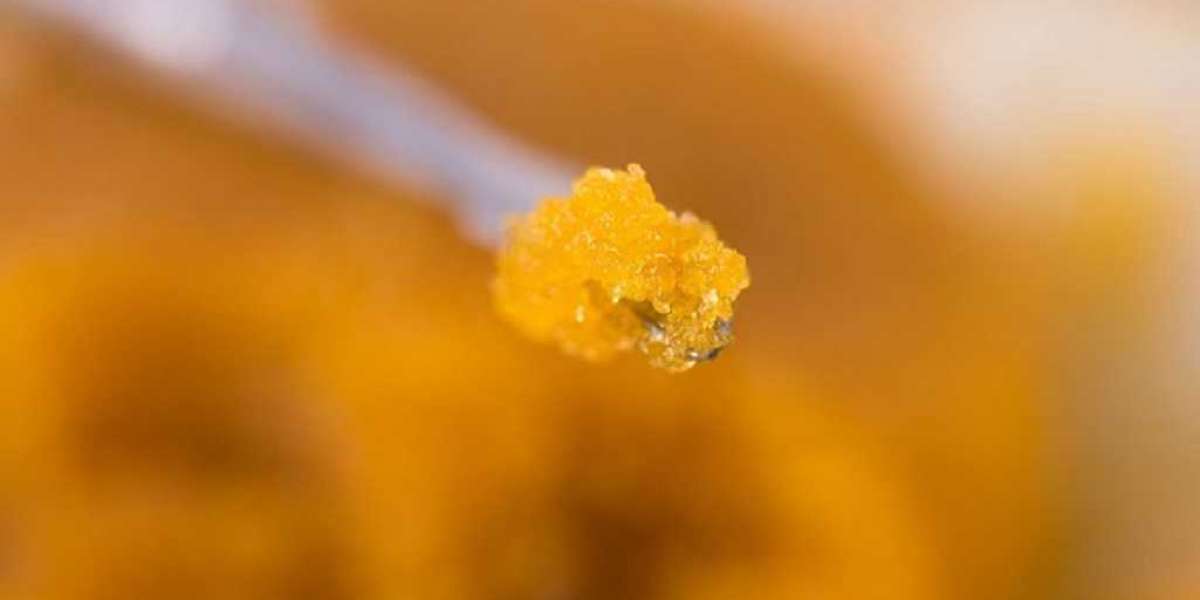In recent years, the therapeutic potential of cannabis has garnered significant attention, especially in the realm of pain management. Among the various cannabis products, "budder" has emerged as a popular choice for many seeking relief from chronic pain. In this blog, we delve into the world of cannabis budder and explore insights from medical experts regarding its efficacy in managing pain.
Understanding Cannabis Budder:
Cannabis budder is a concentrated form of cannabis extract known for its high potency. It is produced through a process that involves extracting cannabinoids, such as THC (tetrahydrocannabinol) and CBD (cannabidiol), from the cannabis plant using solvents like butane or CO2. The resulting substance has a creamy texture, hence the name "budder."
Unlike dried cannabis flowers, budder contains highly concentrated levels of cannabinoids, making it a preferred choice for individuals seeking potent effects. When it comes to pain management, the concentrated nature of budder allows for faster and more effective relief.
Insights from Medical Experts:
Efficacy in Pain Relief: Medical experts have acknowledged the potential of cannabis budder in alleviating various types of pain, including neuropathic pain, arthritis, migraines, and chronic back pain. The cannabinoids present in budder interact with the body's endocannabinoid system, modulating pain perception and reducing inflammation.
Customizable Dosage: One of the advantages of cannabis budder is its ability to offer precise dosage control. Medical professionals can tailor the dosage according to individual patient needs, ensuring optimal pain relief while minimizing the risk of adverse effects.
Minimizing Side Effects: Compared to traditional pain medications like opioids, cannabis budder is associated with fewer side effects. Medical experts highlight its favorable safety profile when used responsibly, emphasizing its potential to mitigate the risks associated with long-term opioid use, such as addiction and overdose.
Complementary Therapy: Medical experts often advocate for a holistic approach to pain management, incorporating cannabis budder as part of a comprehensive treatment plan. When used in conjunction with other therapies such as physical therapy, mindfulness techniques, and non-pharmacological interventions, budder can enhance overall pain relief and improve quality of life.
Patient Education and Monitoring: While cannabis budder shows promise in pain management, medical experts stress the importance of patient education and monitoring. Patients should be informed about the potential risks and benefits of cannabis use, including the possibility of tolerance, dependence, and psychoactive effects. Regular monitoring by healthcare professionals ensures that patients receive appropriate guidance and support throughout their treatment journey.
Looking to buy budder online in Canada? Look no further than Top BC Cannabis. With a wide selection of high-quality budder products, sourced from trusted producers, Top BC Cannabis ensures a premium online shopping experience. Browse their website today to explore their range of budder options and enjoy convenient delivery right to your doorstep. Experience the best of cannabis concentrates with Top BC Cannabis.
Conclusion:
Cannabis budder represents a promising avenue for individuals seeking alternative approaches to pain management. With its potent effects and customizable dosage, it offers a compelling option for patients suffering from chronic pain conditions. However, it is essential to approach its use with caution and under the guidance of medical professionals. By leveraging insights from medical experts, patients can make informed decisions about incorporating cannabis budder into their pain management regimen, potentially leading to improved quality of life and well-being.








